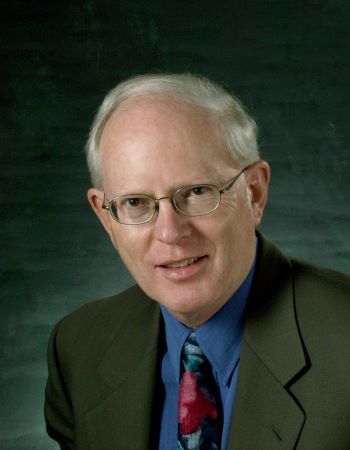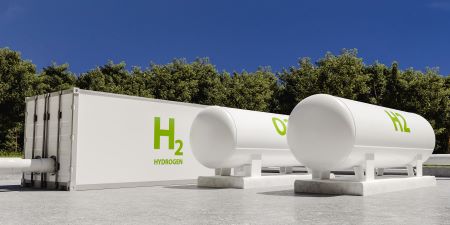Time is right for Canada to attract investment in clean energy projects
Canada has all the necessary ingredients and a huge and timely opportunity to attract investment in clean energy projects during the global energy transition, given the Trump administration’s cuts to “green” energy incentives, investment managers said during a webinar by the Institute for Sustainable Finance.
Other stories mentioning these organizations, people and topics
Other News
Events For Leaders in
Science, Tech, Innovation, and Policy
Discuss and learn from those in the know at our virtual and in-person events.
See Upcoming Events
You have 0 free articles remaining.
Don't miss out - start your free trial today.
Start your FREE trial Already a member? Log in
By using this website, you agree to our use of cookies. We use cookies to provide you with a great experience and to help our website run effectively in accordance with our Privacy Policy and Terms of Service.





